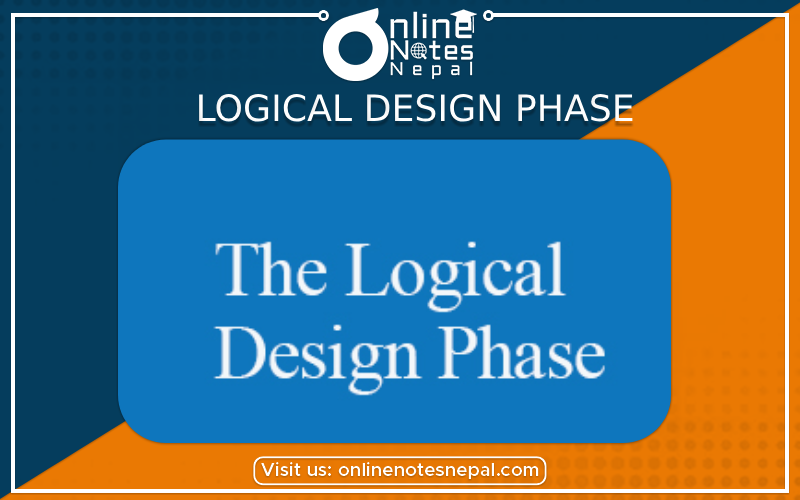Published by: Nuru
Published date: 16 Jun 2021

During the logical design phase, using use cases from the technical requirements phase as inputs, you identify the Java Enterprise System components necessary to implement a solution. You identify components that provide support to those Java ES components, and also identify any additional custom-developed components necessary to meet the business requirements. You then map the components within a logical architecture that shows the interrelationships among the components. The logical architecture does not specify any hardware required to implement the solution.
The output of the logical design phase is the logical architecture. The logical architecture by itself is not sufficient to begin deployment design. You also need the quality of service requirements from the technical requirements phase. The logical architecture and the quality of service requirements from the technical requirements phase form a deployment scenario. This deployment scenario is the input to the deployment design phase.
The logical design is generally performed in four steps, which are as follows:
1. Map the conceptual model to logical model components
2. Validate the logical model using normalization
3. Validate logical model integrity constraints
4. Validate the logical model against user requirements
Logical design is critical to the implementation of a corporate database. If your logical design is incomplete or has flaws, making changes to the means of data collection, storage, and protection can be costly later on. By using a well-conceived preliminary design, you can easily implement and test a database. A sound logical design, therefore, helps to ensure a successful implementation.
A complete and accurate logical design for a database helps to ensure: